Dharmakaya
“All phenomena are essentially illusions. If one perceives all appearances as no appearances, then one will perceive the Tathagata.”
凡有所相,皆是虚妄。若见诸相非相,即见如来
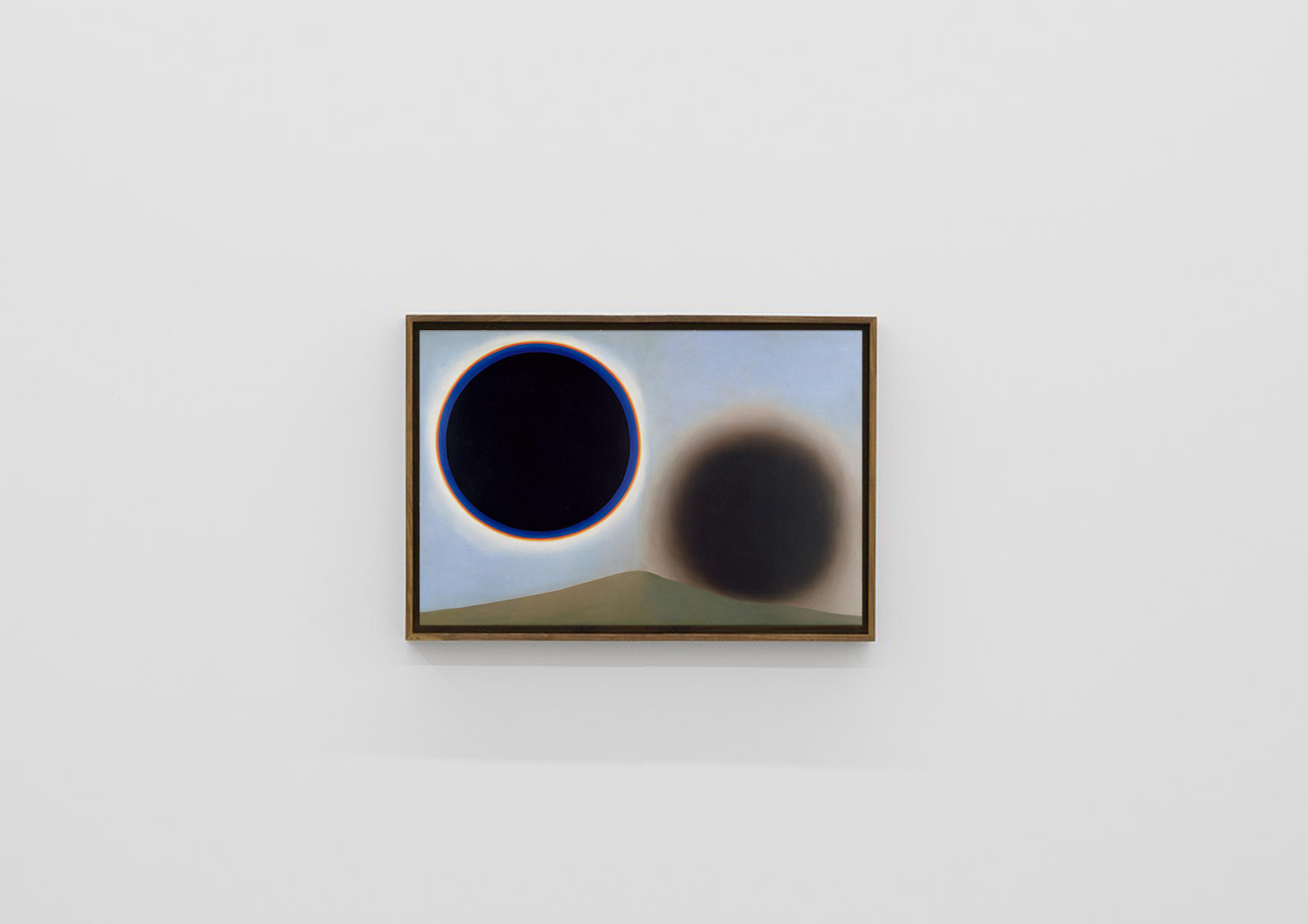
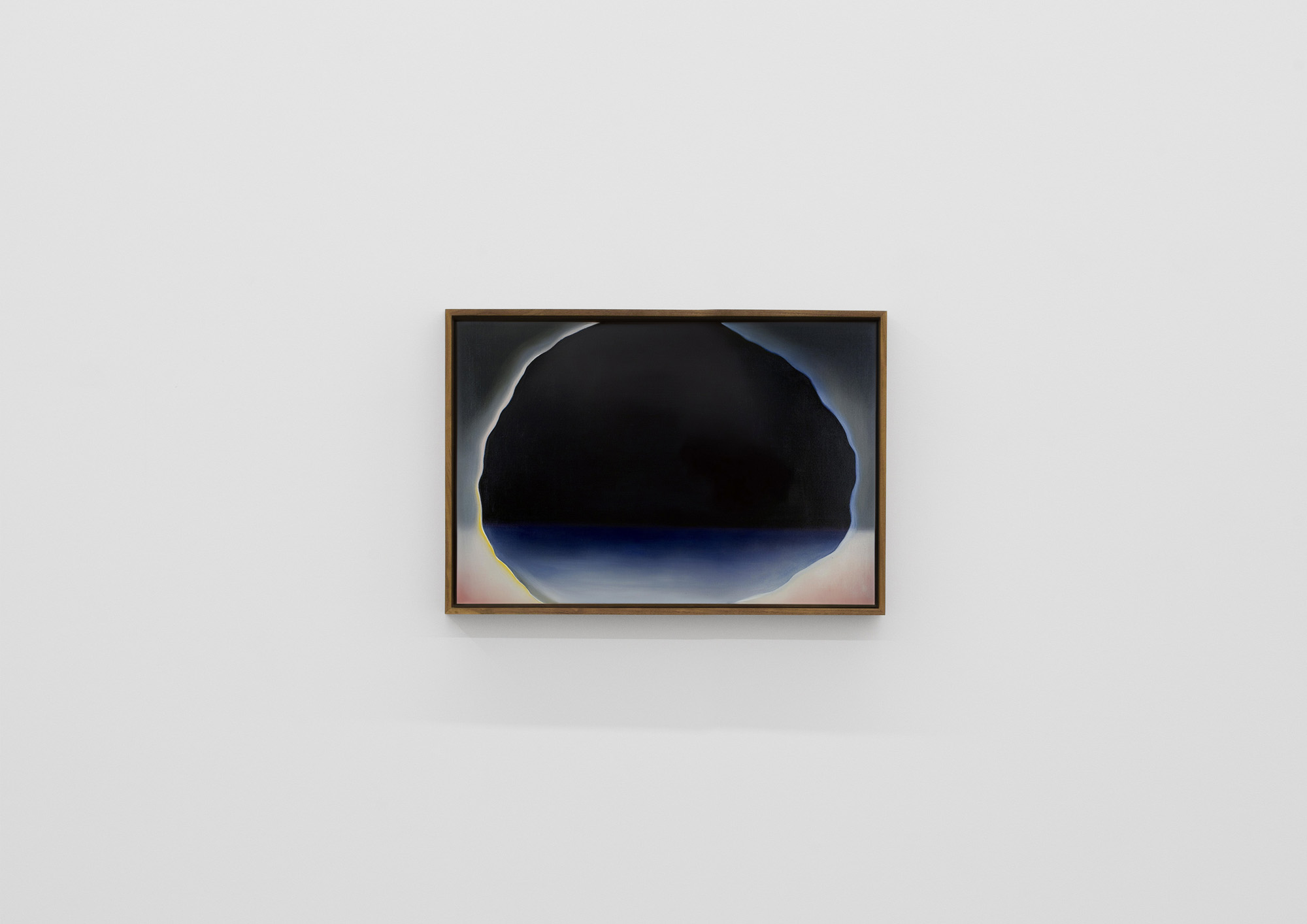
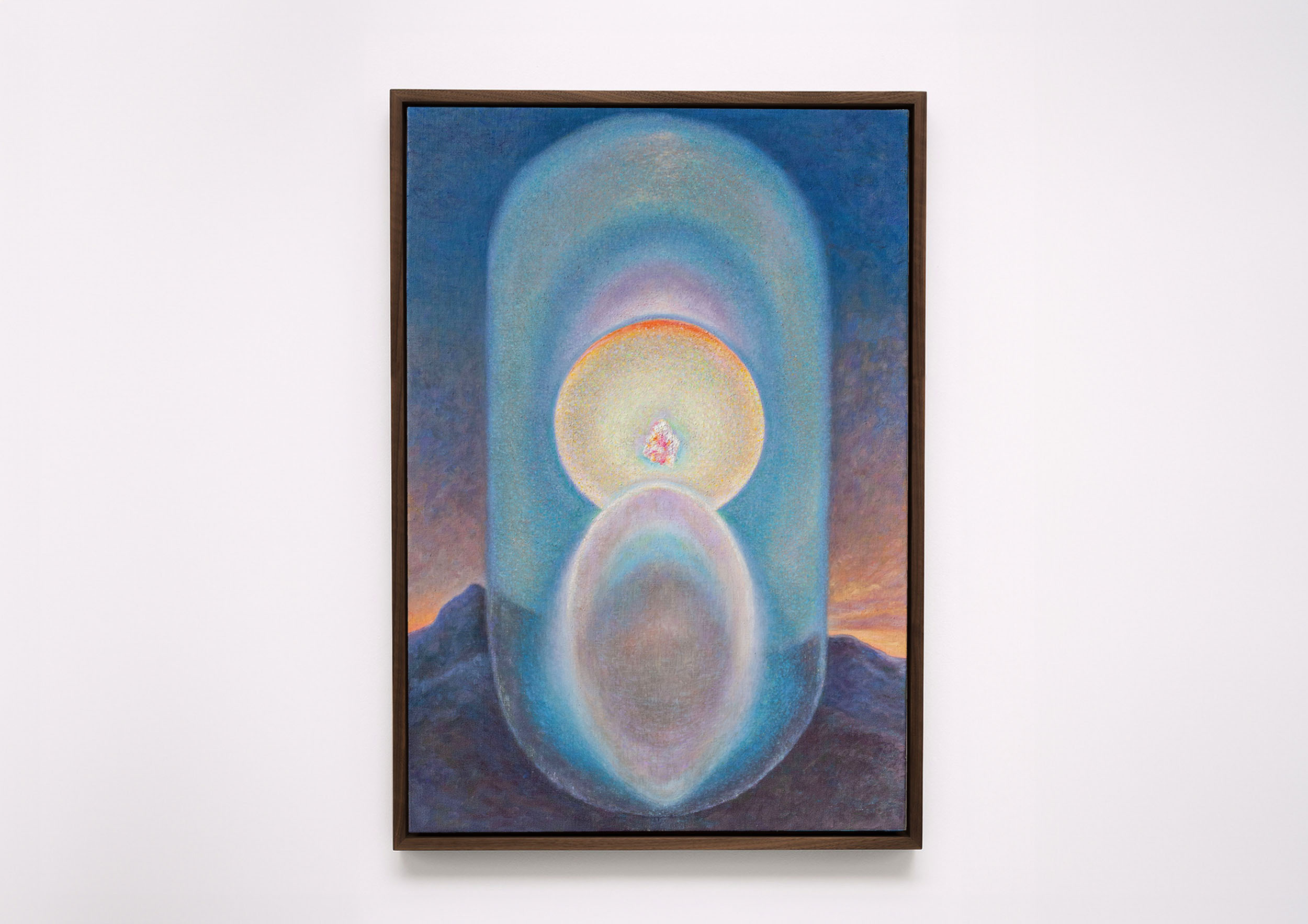
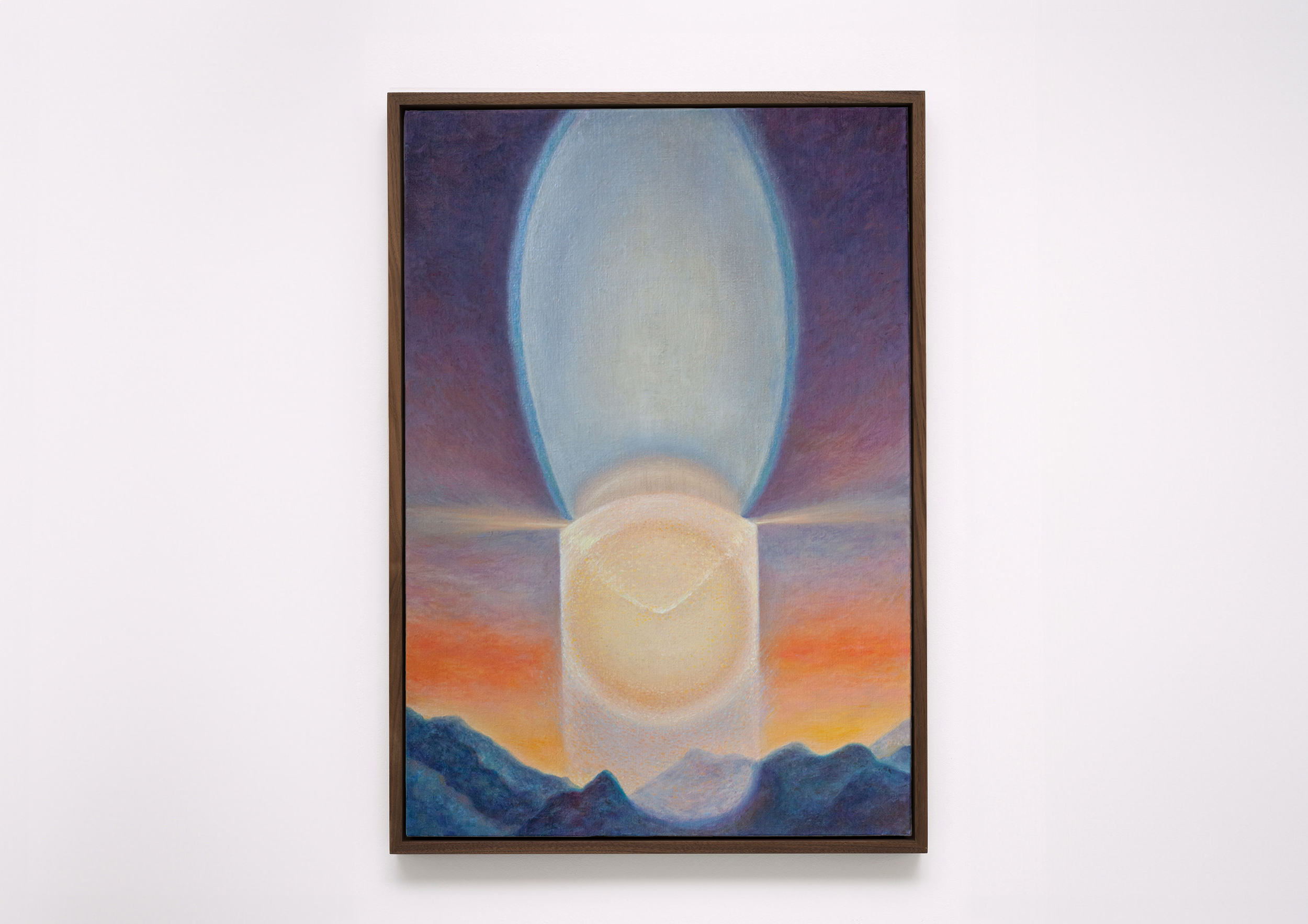

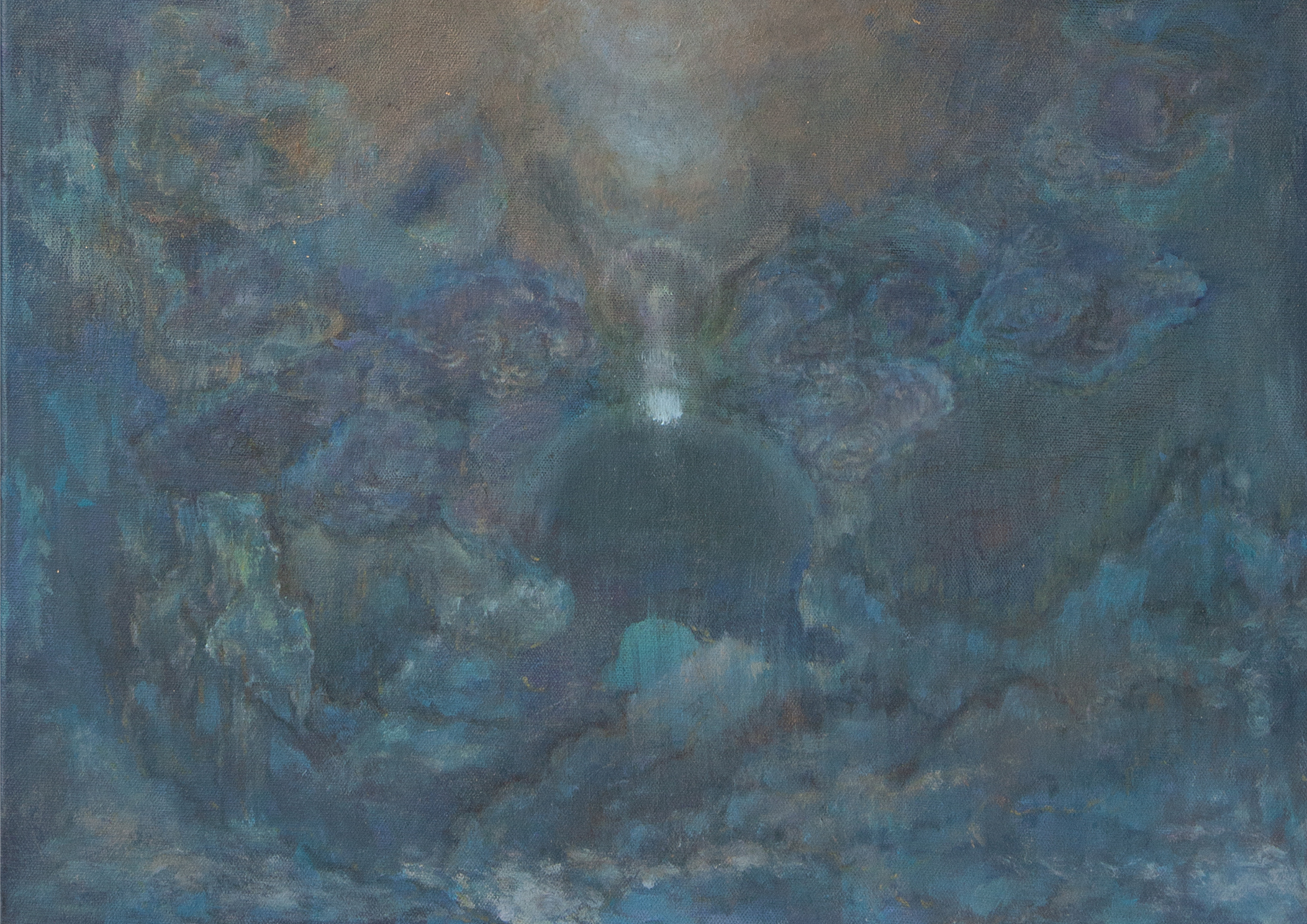


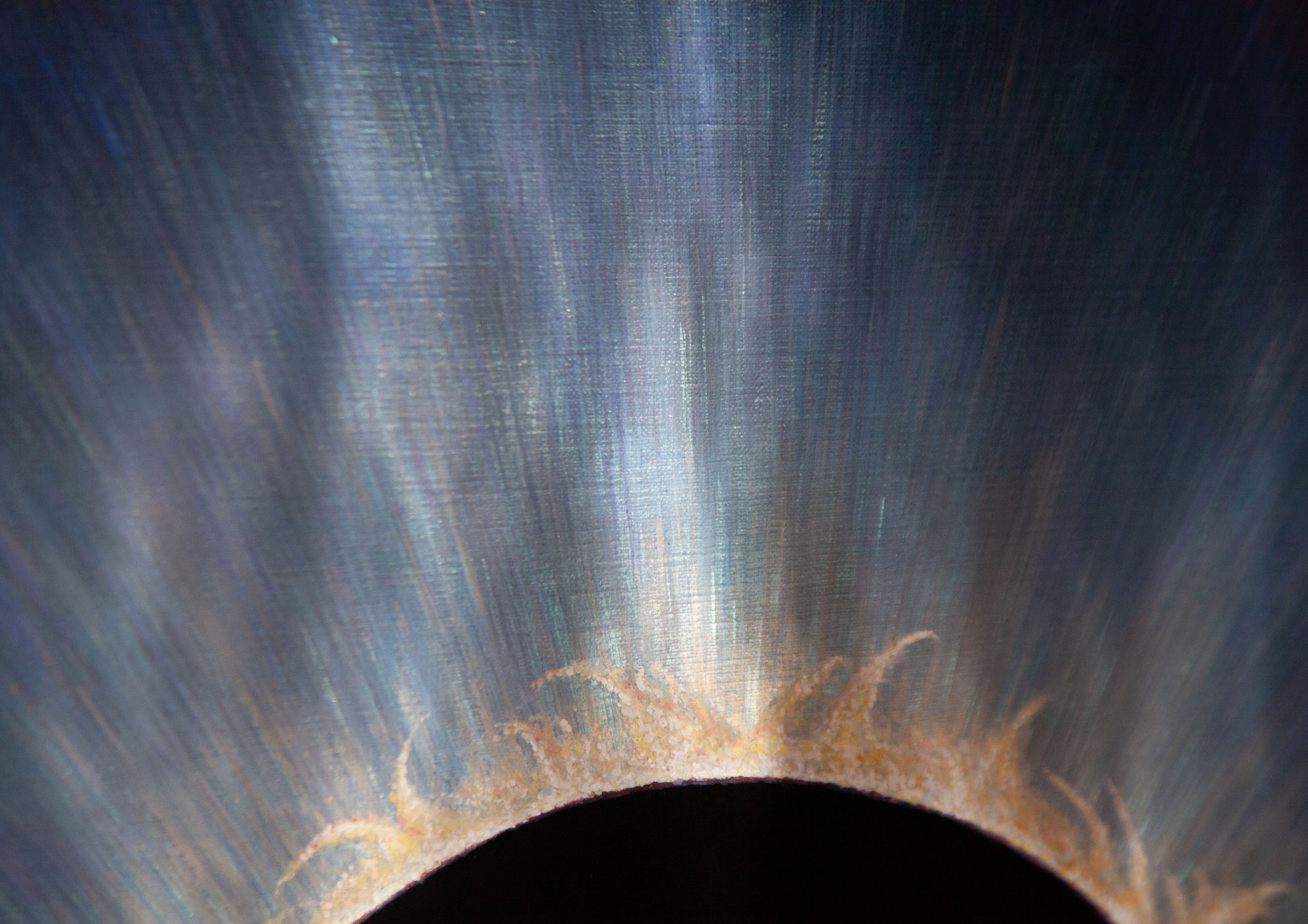



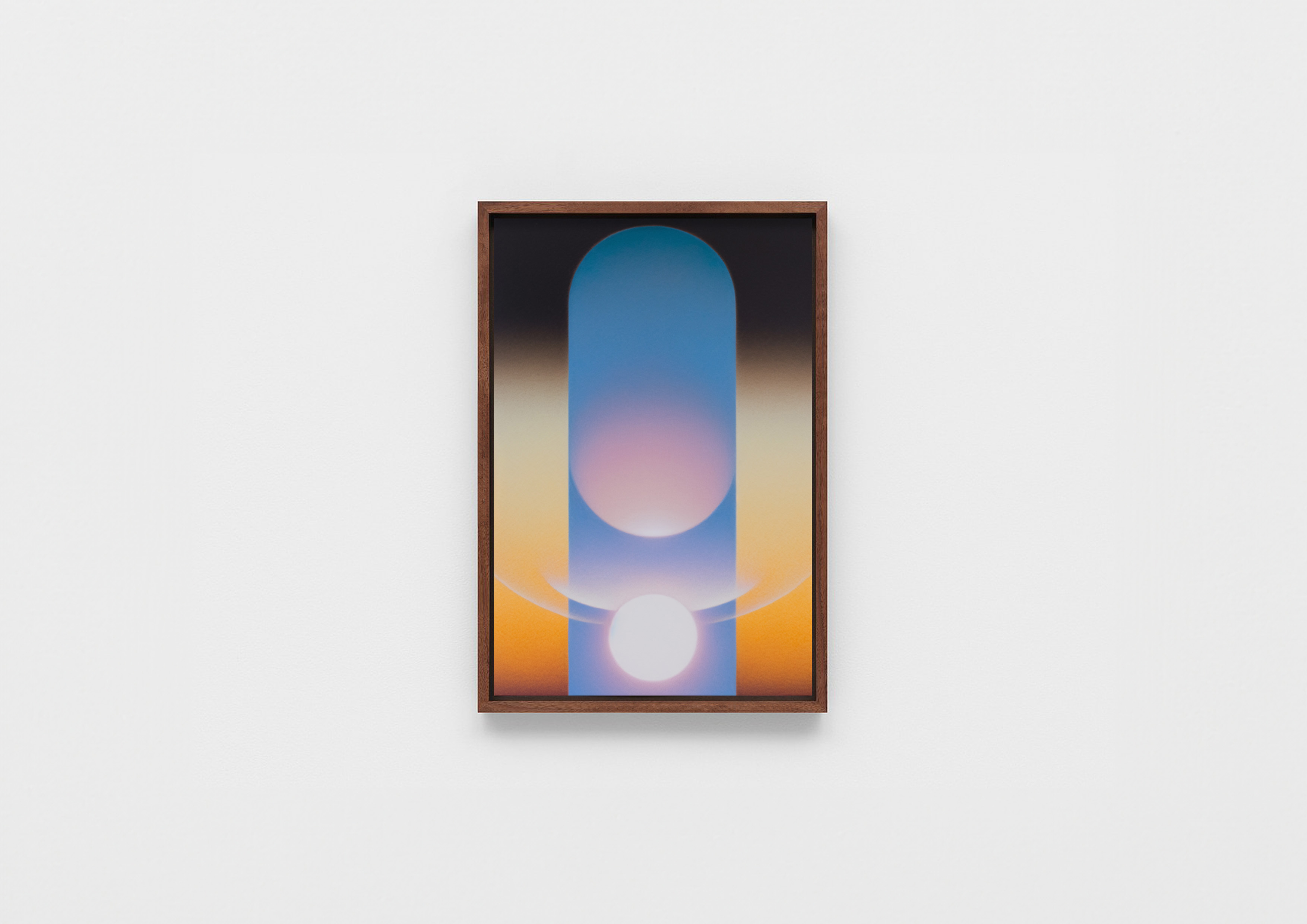

Human beings dwell between two realities—
the material world (impermanent, separate)
and the realm of spiritual intuition (eternal, unified).
This tension is an innate fracture,
driving us to ask the primal questions—
What is the origin of the world?
What is the origin of consciousness?
What lies behind the illusion,
the uncreated essence that neither arises nor ceases?
Buddhism calls it Dharmakaya — the Truth Body.
Formless yet containing all forms;
not an image, but the ultimate reality behind phenomena;
the essence before light refracts;
the emptiness behind the eyes that gaze upon the world.
In Tibetan Buddhism, the world has no fixed “source” or creator.
The phenomenal world (samsara) arises through interdependent causes,
rooted in ignorance — a misperception of reality.
Dzongsar Khyentse Rinpoche writes:
a dream is illusory, yet so vivid that one becomes absorbed in it;
its true nature is śūnyatā — emptiness —
a reality beyond all concepts, inexpressible in words.
Emptiness is not nothingness;
it is the ground of all possibility.
The world is not an object apart from mind —
it is the manifestation of awareness,
the image cast by mind itself.
When you perceive the emptiness of mind, you touch the source.
Whether called emptiness, divine totality, or pure consciousness,
the act of seeking it is itself
humanity’s longing for wholeness.
Dharmakaya cannot be directly depicted.
All that can be done is to leave an opening—
to let the work become a manifestation of consciousness,
a field for pure awareness.
An image is an inner mirror,
a self-projection of vibrating awareness.
It is not a narrative,
but a path of purification, penetration, and release.
To look is not to “understand” the picture,
but to generate one’s own inner space-field in the act of seeing.
What is seen is not a thing;
what is sensed is not a realm;
even the consciousness that perceives is not truly “you.”
Thus, the work becomes a ground of contemplation—
not a story,
but the wave of awareness
born from the act of gazing.
It does not paint a world,
but opens a space where consciousness is awakened.
The Black Entrance
When all questioning reaches its end,
darkness emerges as the source of energy.
Black is a density of force —
the abyss of the void,
the unknown self,
the threshold of the unconscious.
Jung said: Surrender your awareness to the dark.
Pass through it,
and you will see the things you fear —
and you will see your origin.
In the paintings, darkness is both hollow and full.
Deep black radiates luminous light;
the viewer hovers between pure black and vivid color,
tugged and fused together,
drawn toward the central vacuum,
as if falling into a vortex.
Its inner power lies not in offering aesthetic judgment,
but in altering the viewer’s state of consciousness—
placing the meeting of opposing energies at the core,
letting opposition itself become an opening to awakening.
Black and light, emptiness and form, fear and longing —
each appears through the other, each dissolves in the other.
It erases the division between self and the external,
and the division between self and self.
You are the program of will.
Beneath emptiness lies the manifestation of your source.
The Egg of Frequencies
When one sinks deep into the self,
can they hear the sound the universe makes through them?
Some images are like resonant chambers of consciousness,
channels linking the body to emptiness,
energy to awareness.
Cool violets and warm pinks intertwine;
a central halo pulses like the origin of the soul’s vibration.
Boundaries blur—at once a womb and a cosmic egg—
an entrance into visual meditation.
In Tibetan Buddhism, the egg symbolizes
the unity of body and cosmos:
when broken by outer force, life ends;
when broken from within, life begins.
Every great awakening is born from within.
The painting’s frequencies layer like concentric rings—
the ultramarine mountain-forms of the Earth realm (desire realm, 8–13 Hz);
the elliptical corridor of rising frequency (form realm, 13–30 Hz);
the rainbow-light vibration of the formless realm (30–80 Hz);
and finally, the core of Dharmakaya light—
the undifferentiated Great Luminosity (∞ Hz).
The image is a container for consciousness frequencies:
matter → perception → frequency field → Dharmakaya light-core.
Vessels of Light and Breath
Light, water, wind — these natural forms are not representations,
but carriers that let formless awareness
pass through the material world.
They are intermediaries that lead consciousness
back to the original flow,
pointing toward the pure essence beyond the false self.
The Heart Sutra says:
“Consciousness is dharma; dharma is empty; consciousness is also empty.”
Theosophy says human consciousness springs from the Logos —
the light that “forgot it was light.”
To carry the formless in form,
to reveal the unseen through the seen,
to let the viewer return, through their gaze,
to that unborn light—
to dissolve into it,
to release the grasp on “being” and “non-being.”
The source of the world, mind, and reality may be unspeakable—
yet in art, in dialogue, in awareness,
we can still taste the vastness of wholeness.
Xuan paper on alu-dibond,29 x 21 cm (framed) 2009.Oil on canvas, sandalwood ash, gold leaf,50x70 cm, 2024